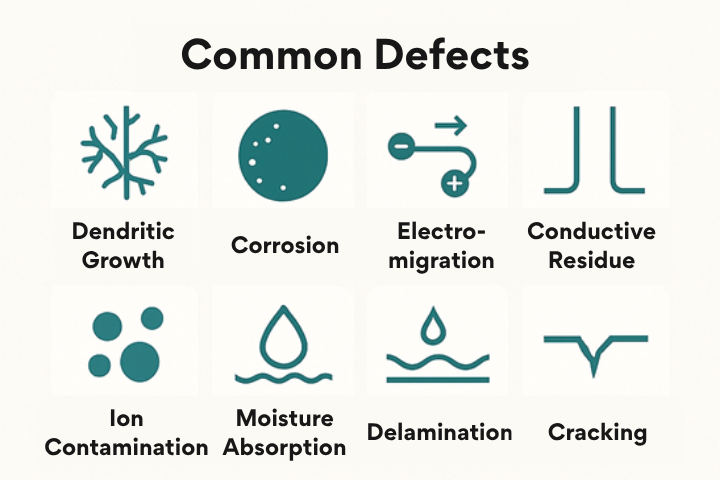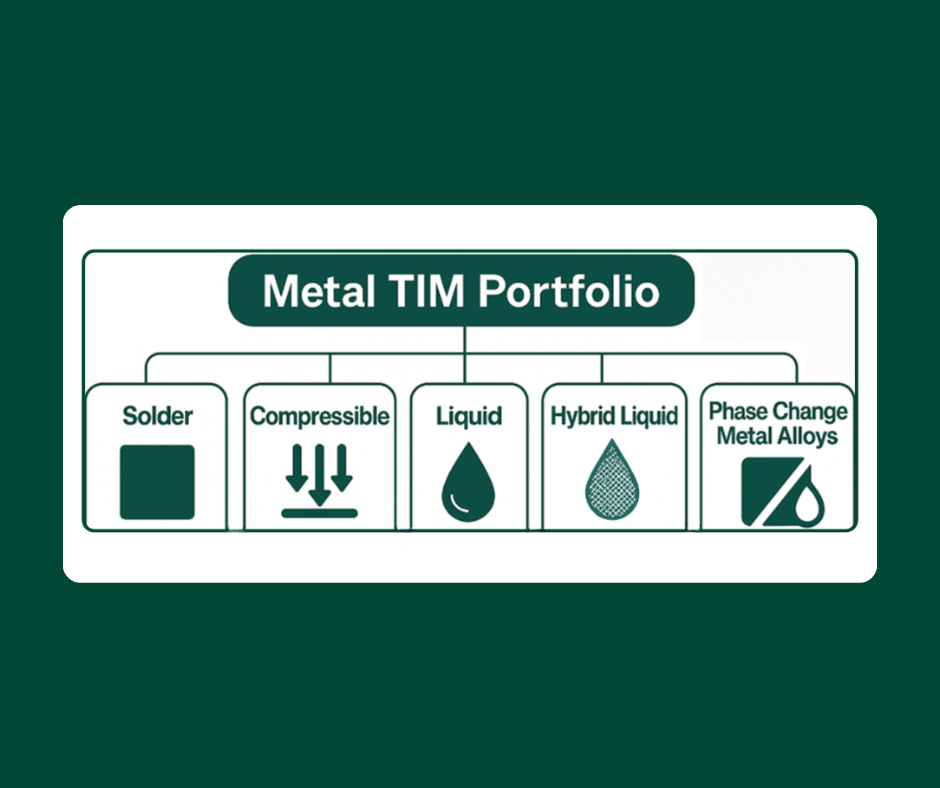Folks,
Patty and Rob return from their honeymoon…….
Patty had just finished some emails and was ready to head off to meet Rob and some of their buddies for lunch.When she and Rob returned from China a month ago, Sam, the site GM, told both of them he was giving them an extra week of vacation for their honeymoon.Their China trip had been an unqualified success in helping the China teams achieve more productivity and higher yields.Sam had received numerous positive reports from the Chinese managers involved.There were several requests to have Patty and Rob stay a year in China to help with the many process issues that the China team has. Fat chance of that happening, Sam needed Patty and Rob here!Sam also mentioned that he knew that the trip was a little stressful coming so close to their wedding, so the extra week was ACME’s gift to the young couple for their sacrifices.
The wedding went off without a hitch.Patty was touched at how choked up her dad was in “giving her away.”The weeding reminded Rob and Patty how close they were to their parents.They both agreed that the support of their parents was crucial in any success that they had in life.
For their honeymoon they decided to tour France, Italy, and Germany.Rob was really proud that he handled the languages a little better than she did.Of all the things that they saw, they were most impressed with Pompeii.Because the city was covered in hot ash in a matter of moments, it was as if Pompeii was frozen in 70AD. Visiting Pompeii was like stepping back into the time of the Caesars.
Truth be told, Patty was happy things were back to “normal.”It was pleasant to have their working schedule and to go home to their apartment at night. A couple nights a week, and most Saturdays and Sundays, she and Rob played golf.He had improved somewhat and she was a little annoyed that so far this year he had beaten her more than half of the time….and yes, he was rubbing it in.
As Patty approached the cafeteria she heard a friendly but heated discussion.
“No way can you evaluate an assembly company with just 10 questions,” Phil Anderson stated emphatically.
“I’m really convinced we can, I’ve thought it through a lot,” responded Rob.
“What’s the spirited debate about?" asked Patty as she sat down.
“Rob thinks you can evaluate an assembly company by asking a lead process engineer only 10 questions. Phil thinks he’s nuts,” responded Patty’s best friend Jan Curtis.
“I’ve thought about this quite a bit,” said Rob. “I’ve just finished reading Malcolm Gladwell’s ‘Blink.’” “Gladwell claims that often the best judgments can be made quickly with just a sampling of data,” Rob went on.
“Be specific,” challenged Phil.
“OK, I actually developed 10 proposed questions to evaluate a assembler, let me list them and then defend them. Maybe you guys have better ones,” said Rob.
Patty thought, as she heard this, that it was good news that ACME was looking to buy more assembly companies to handle their ever increasing workload……not like AJAX that was laying folks off.
Rob had come prepared, he actually had some print outs.His ten questions were:
1. What is the composition of SAC305?
2. What are tin whiskers?
3. In a stencil aperture, what is the area ratio?
4. What is an approximate peak temperature for a reflow oven in lead-free assembly?
5. A board is inspected after wave soldering and one lead is not soldered to the board.The board is run through the wave solder machine again and has the same defect on the same lead.What is the most likely cause of the defect?
a. The solder temperature is too low.
b. The pad on the board is oxidized.
c. The preheat temperature is too high.
6. What are local fiducials on a PWB for?
7. What does thixotropic mean in regard to solder pastes?
8. A chip shooter places passives at a rate of 36,000 per hour.It is placing 300 passives on a PWB, how many seconds will the chipshooter take to place the passives on one board?
9. A reflow oven belt speed is 100 cm/min.The PWB is 40 cm long.What is the minimum cycle time that the oven can support?
10. What is tombstoning?
“You have got to be kidding,” shouted Phil, “everyone will score 100% on that test.”
Jan chimed in, “I’m not so sure. We hang around people all day who study this stuff. I’m not sure the typical process ‘engineers’ have enough time to study and learn new things…..Remember the 'water in the solder' and the 'isopropyl in solder paste' incidents?”
At this comment, Phil spit up his ice tea and started choking from laughter.One of their friends, Sally Herman, had been sent to a recently acquired company to help them with assembly process issues.One of the “process engineers” introduced himself by bragging that he was saving the company money by taking used, dried solder paste and mixing it with isopropyl alcohol so that the paste could be used again.Later in the day, the same chap shared that he thought he had a solution to the poor hole fill problem in lead-free wave soldering…….the solder was too thick, if it was mixed with water it would fill the holes better he opined.
Jan added, “As a minimum these questions act as a good screening process.”
Rob interjected, “That’s my point.I’m not saying this tells us everything, but you will agree that if a lead process engineer can’t handle these questions, it is unlikely he or she would be able to solve graping, or the head-in-pillow defect, right?"
All at the table murmured agreement.
“On second thought, maybe you have something here Rob," Phil said.“What do you propose as a passing score," he went on?
“Seventy percent,” Rob answered.
Are Rob’s questions reasonable to evaluate an electronics assembler?What are the answers? Comment with your answers. Stay tuned to find out.
Cheers,
Dr. Ron
The image above is from: http://en.wikipedia.org/wiki/File:Blinkgla.jpg



